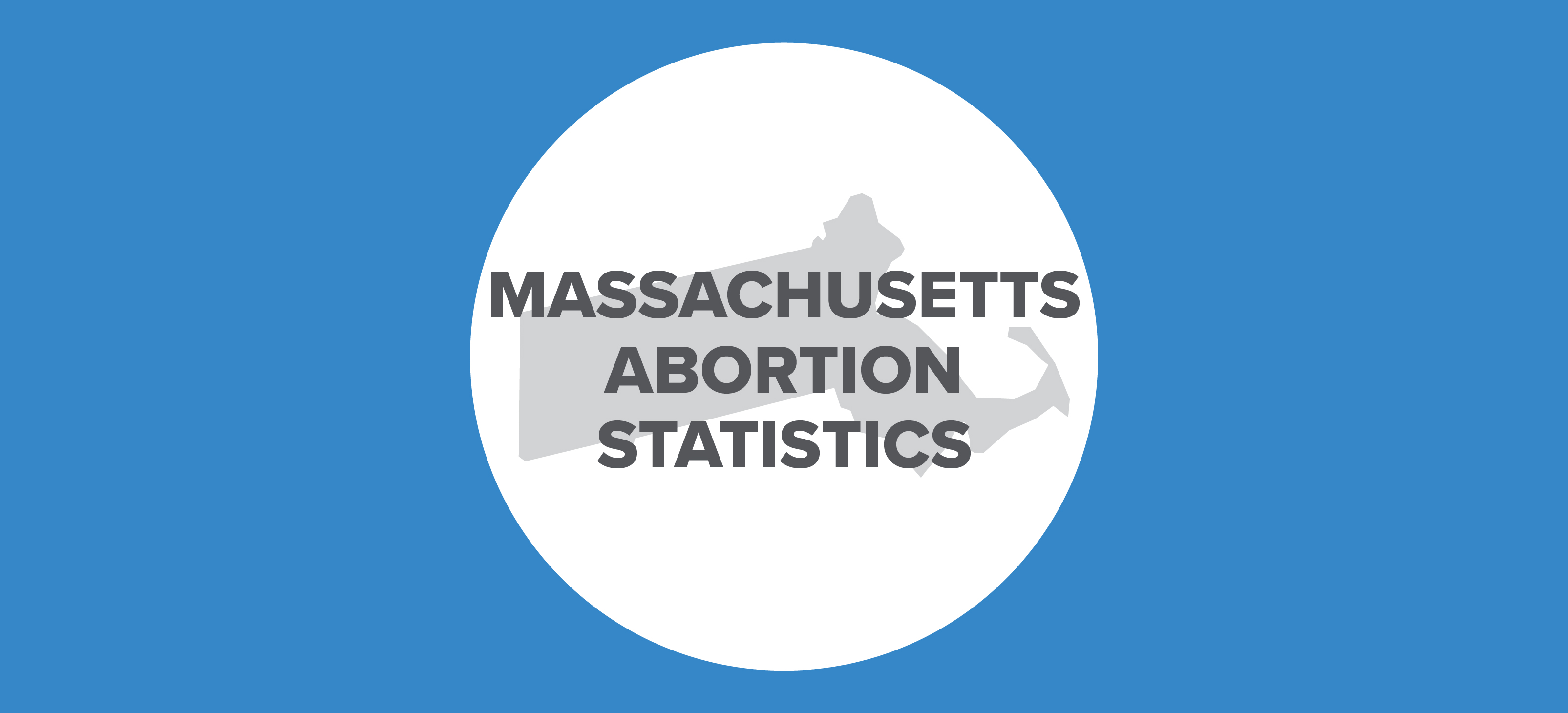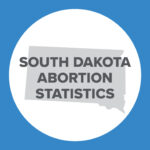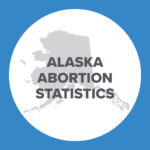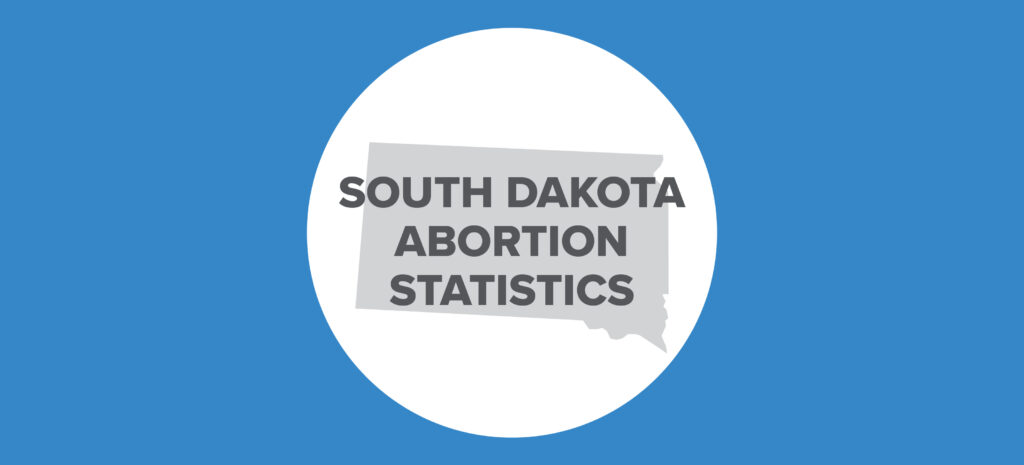Abortion Reporting: Massachusetts (2018)

Massachusetts’ abortion report for 2018 shows that Planned Parenthood continues to perform more than half the abortions in the state. Massachusetts does not publish its annual abortion reports online, but the report was provided to the Charlotte Lozier Institute (CLI) upon request.
Statistics and Changes in Massachusetts Abortions, 2017-2018

Abortion Totals and Trends
In 2018, there were 18,256 abortions reported in Massachusetts, basically unchanged from the 18,285 reported the previous year (Fig. 1). Of these, 7,257 were chemical abortions, an increase of more than 10 percent from 2017 and a jump of 563 percent from 2001, the first full year after the U.S. Food and Drug Administration approved the use of mifepristone to induce abortions. Chemical abortions made up 40 percent of all Massachusetts abortions in 2018. Although Massachusetts does not report the state abortion rate, CLI estimates that the rate of 13.2 abortions per 1,000 women of childbearing age was unchanged from 2017 (Fig. 2).
State Report Summary
The vast majority of the abortions reported in Massachusetts – 96 percent – were performed on state residents. Three percent were performed on nonresidents and less than half a percent on women of unknown residence. As in other states, well over half the abortions (54 percent) were performed on women in their twenties, compared to seven percent on women younger than 20, 34 percent on women in their thirties, and four percent on women age 40 or older.
Massachusetts reports abortions both by race and by ethnicity. Forty-seven percent of the abortions reported in Massachusetts were performed on white women. More than a fifth were performed on black women, six percent on Asian women, and 19 percent on women of different races. Eight percent of the abortions were performed on women whose race was not reported. Categorized by ethnicity, 19 percent of the abortions were performed on Hispanic women, 66 percent on non-Hispanic women, and 16 percent on women of unknown ethnicity. CLI estimates that the black abortion rate was 24.4 abortions per 1,000 women of childbearing age, more than three times the white abortion rate of 7.9 abortions per 1,000 women of childbearing age.
Seven percent of the abortions were performed on women who had not graduated from high school. Twenty percent were on women who had finished high school and 18 percent on women who had completed some college. An additional 18 percent of the women had a bachelor’s or associate’s degree, and four percent had a post graduate degree. However, level of education was not reported for more than a third of the women who underwent abortions in Massachusetts. Seventy-three percent of the women were not married, 15 percent were married, and 12 percent did not report their marital status.
Just over 50 percent of abortions reported in Massachusetts were performed on women with no prior abortions. Twenty-seven percent were on women with one previous abortion and 19 percent on women with two or more previous abortions. Three percent were performed on women with an unknown number of previous abortions. Forty-two percent of the women who got abortions in Massachusetts had zero prior live births, compared to 20 percent with one previous live birth and 26 percent with more than one. The number of previous live births, if any, was not reported for 12 percent of the women who had abortions.
Almost two-thirds of the abortions reported in Massachusetts occurred at eight weeks of gestation or earlier. Twenty-four percent were performed between nine and 12 weeks and seven percent between 13 and 18 weeks of gestation. There were 440 abortions, more than two percent of the total, performed between 19 and 23 weeks of gestation. Fourteen abortions were performed at 24 weeks of gestation or even later. Massachusetts does not report the specific week of pregnancy at which these late-term abortions occurred.
Forty-three percent of the abortions reported in Massachusetts were performed using suction curettage, and forty percent were chemically induced abortions. Sixteen percent were performed using dilation and evacuation, also known as dismemberment abortions. Not quite half a percent were performed via sharp curettage. Very few instillation abortions were reported in Massachusetts in 2018. There were eight intrauterine prostaglandin instillation abortions, but zero saline or prostasaline instillation abortions (abortions in which saline or a combination of saline and prostaglandins is injected into the uterus). Just under one percent of the abortions reported in Massachusetts were performed using other, unspecified abortion procedures.
Most abortions reported in Massachusetts (80 percent) were performed in abortion centers. Fifteen percent were performed in hospitals and four percent were performed in physician’s offices. Planned Parenthood is the largest abortion provider in Massachusetts, performing 57 percent of all abortions reported in the state in 2018. Planned Parenthood performed 71 percent of the abortions performed by abortion centers.
Extreme Abortion Bill in Massachusetts
The Massachusetts legislature is currently considering abortion legislation that would roll back protections for unborn children and their mothers. CLI Associate Scholar Mary Harned, J.D. highlights some of the most egregious aspects of the Massachusetts abortion bill. The legislation would strip any reference to unborn children from Massachusetts law, remove virtually all restrictions on when and why abortions may be performed, and eliminate the requirement that abortions after viability be performed in such a manner as to allow the unborn child the best possible chance of surviving. Additionally, the bill would remove the requirement that abortions after 24 weeks post-implantation (approximately 27 weeks of gestation, at the very end of the second trimester) must be performed in hospitals, despite the fact that abortions performed after the second trimester become increasingly dangerous with each passing week of gestation.
State Ranking
Because Massachusetts does not publish its annual abortion reports online, the state’s abortion reporting received a low score in CLI’s 2016 survey of abortion reporting across the 50 states, New York City, and Washington, D.C. Still, Massachusetts’ reports are detailed and timely and provide information that some other states do not, such as the facilities where abortions occur and how many abortions occur at each. Massachusetts could enhance its reporting by including information on its informed consent process. Massachusetts could also improve the accessibility of its reports by posting them online, which would make the Bay State consistent with most other states.

- Starting with the 2018 abortion reports, abortion rates are calculated by the Charlotte Lozier Institute to allow for easier state-to-state and year-to-year comparisons. Rates were calculated by CLI using population estimates from the United States Census Bureau. The rates were calculated using the following formula: (total number of abortions performed in Massachusetts ÷ number of resident women ages 15-44) x 1,000. Rates may differ slightly from previous CLI articles due to revised population estimates.

























